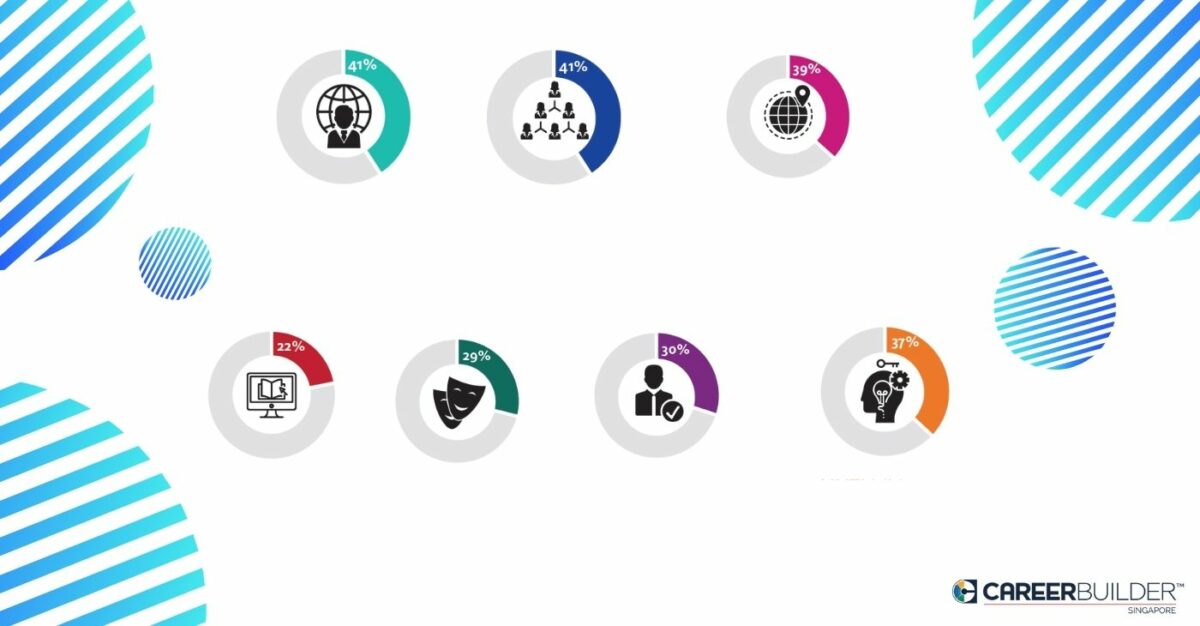The pandemic has shown the importance of leadership in a new light, as organisations retool to outfit their best to “guide” them through new disruptions. However, some are still plagued by old beliefs no longer relevant to today’s workplace. We examine 7 of the most prevalent.
Asia is set to expand its reach and influence like never before in the coming years. During the World Economic Forum Annual Meeting, it was stated that by 2030, the region is expected to contribute roughly 60% of global growth.
With this development comes the need to groom suitable leaders, who will not only steer their companies through the disruption caused by Covid-19, but also proactively prepare themselves for recovery and expansion.
However, in Asia, leaders developmental journeys are still stymied by powerful myths that cut them off from growth opportunities in the correct direction. “Most leaders get it [leadership development] academically and intuitively but when rubber hits the road we hear a lot of excuses – no time, other priorities, etc.,” explained D N Prasad, Senior Director – Strategy, People & Organization at GovTech, Singapore.
The Center for Creative Leadership (CCL) research team rolled out a survey to 248 HR leaders across Asia to identify top-three leadership development challenges they face and the biggest myths around leadership development they deal with. We examine these myths, their impact, and how leadership can move forward:
Myth: Asian leaders are harder to develop to take on senior global leadership roles
An organisation should…
- Invest effort in root causing the ‘real’ reason for the lack of global Asian leadership pipeline. (Organisational posture, not lack of skills, may be hindering the global Asian leader development efforts.)
- Identify key capabilities required by leaders to succeed in regional and global roles in your organization and create development journeys to set Asian leaders up for success.
- Be deliberate to curate appropriate experiences and help engineer the right career moves for executives to hone their global leadership skills.
Myth: Leadership development efforts should primarily focus on top-level executives
An organisation should…
- Drive leadership development across multiple levels in the organization.
- Map out the content needs and critical capability gaps across levels, geographies, departments, generations, functions, etc.
- Curate the most compelling mix of content and delivery modes for different communities of learners in the organization.
Myth: Organizations can have one uniform approach to developing leaders across different regions, countries, contexts
An organisation should…
- Refrain from “exporting” leadership development programs wholesale to Asia, and be mindful of cultural nuance and context.
- Invest energy in understanding the business context and culture in Asia and tweak leadership development interventions accordingly.
- Deliberately include Asian countries and their executives when developing leaders in your organisation.
Myth: Attending only leadership development course(s) will make you a better leader
An organisation should…
- Be creative in adopting tactics to curate compelling developmental experiences.
- Curate and promote an experience-driven development culture.
Myth: HR can lead and execute leadership development agenda without top team/ board buy-in
An organisation should…
- Tie the leadership development agenda with the organisational strategy.
- Not shy away from the ROI conversation with business leaders; build impact assessment and evaluation as a part of the end-to-end roll-out plan.
Myth: Effective leadership development can happen irrespective of the organization’s culture
An organisation should…
- Educate senior leaders about the need to walk-the-talk on leadership development.
- Shape and curate a cultural shift towards a development mindset.
Myth: Online/digital learning is less effective than classroom learning
An organisation should…
- Invest energy in designing and delivering a program virtually led by an instructor, and keeping in mind the learner experience and objectives.
- Bring in partners with expertise in content, program design and delivery, to co-create and co-deliver compelling solutions.





